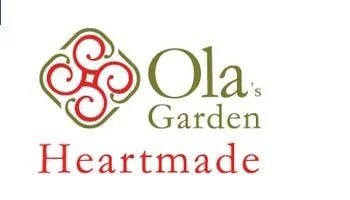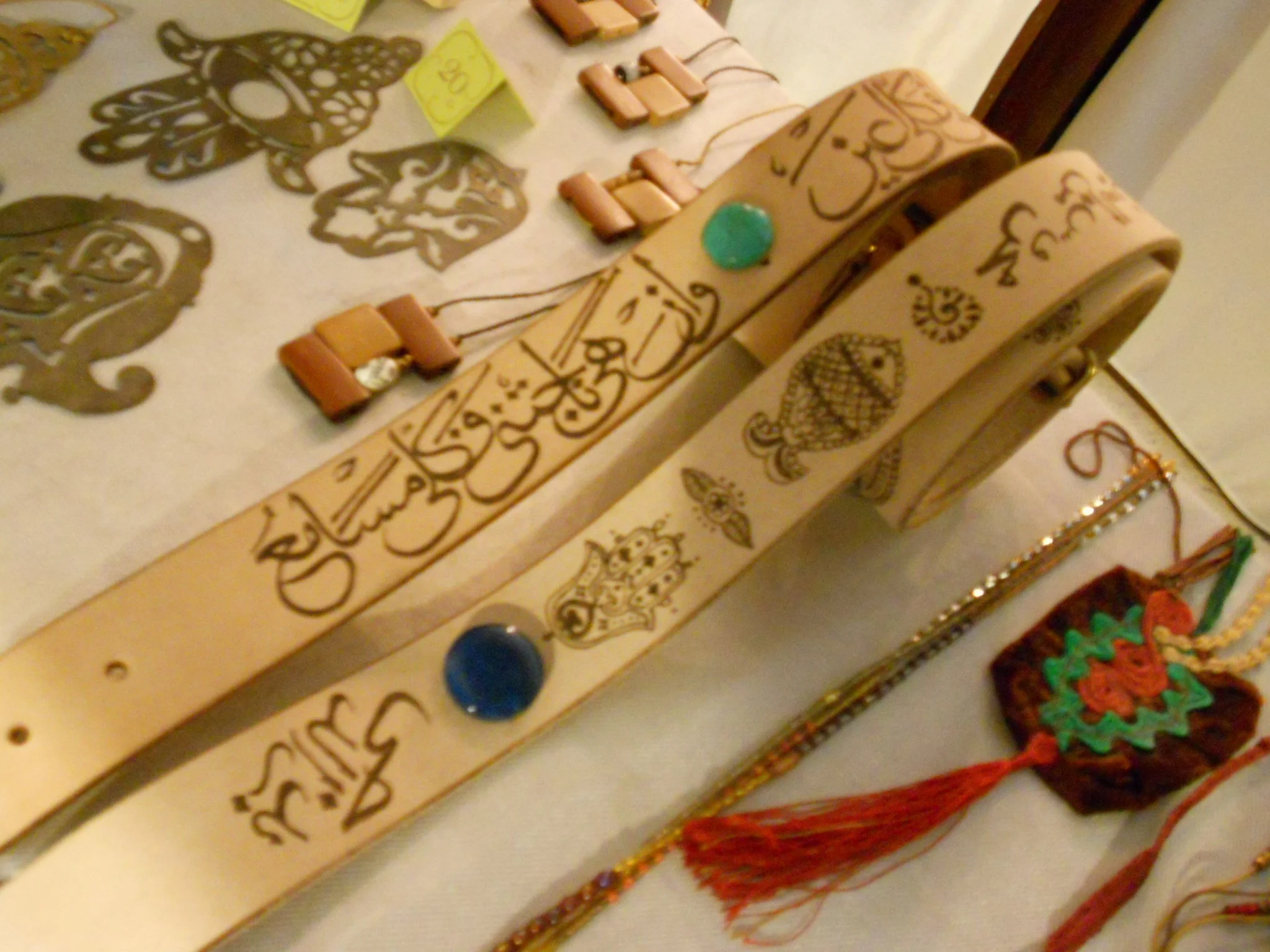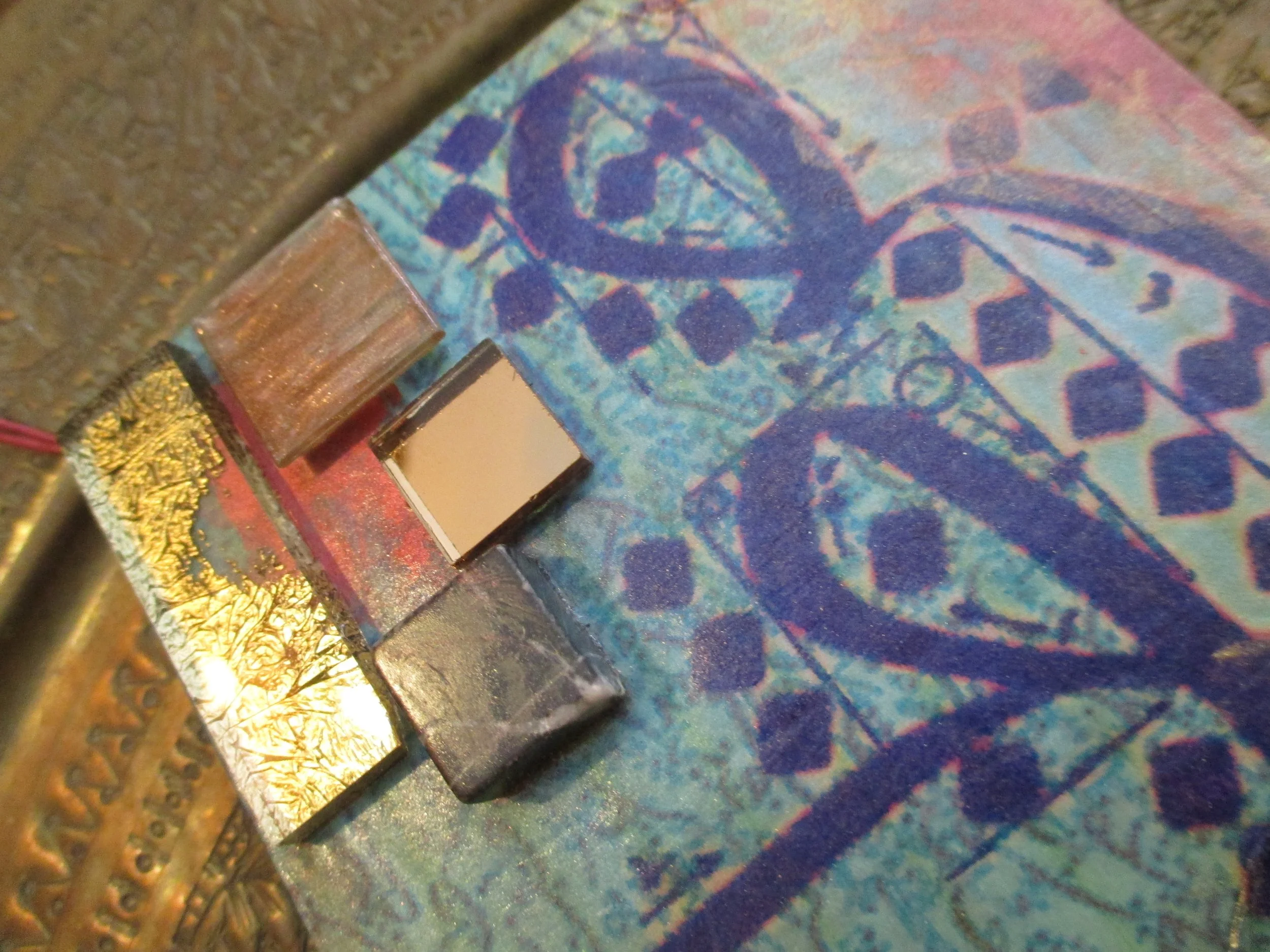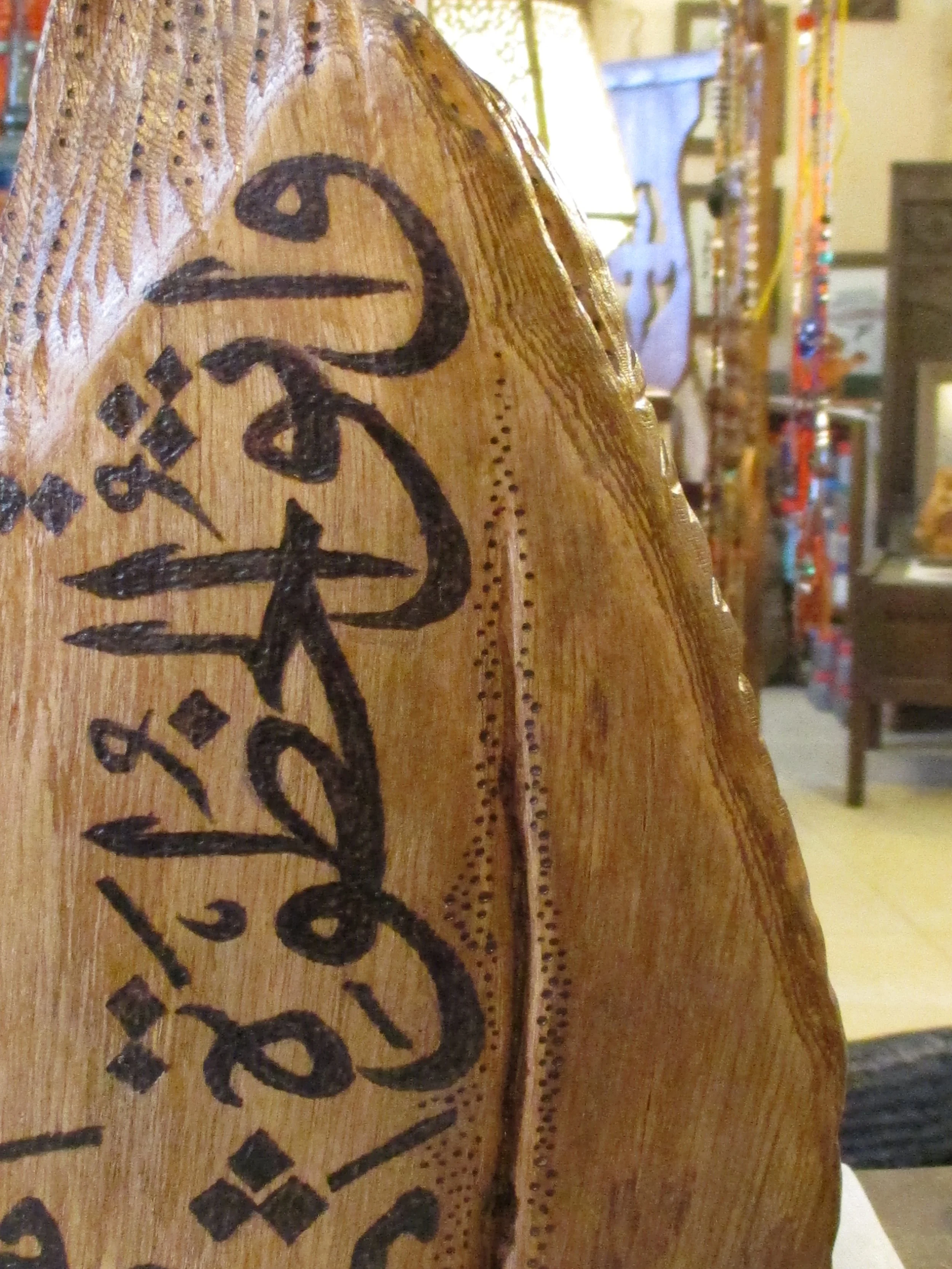Arabic Calligraphy
Questions and Answers on Its History, Styles, and Cultural Significance
Arabic calligraphy is one of the most admired and sophisticated art forms in the Islamic world
What is Arabic Calligraphy?
Arabic calligraphy is the artistic practice of handwriting Arabic script in a visually expressive and often decorative manner. It is not just a writing system but a form of visual art that blends language, culture, and geometry.
What is the historical origin of Arabic Calligraphy?
Arabic calligraphy began with the spread of Islam in the 7th century. The need to preserve the Quran in written form led to the development of early Arabic scripts. Over time, different styles emerged for various purposes, from sacred manuscripts to architecture.
Why is Arabic calligraphy important in Islamic Culture?
Arabic calligraphy holds deep cultural significance. calligraphy became the primary artistic medium for expressing the divine, especially in Quranic verses and mosque decorations.
What are the main types of Arabic Calligraphy?
Some of the most prominent Arabic calligraphy styles include:
Kufic: The oldest calligraphic form, known for its angular and geometric shapes.
Naskh: A rounded and legible script commonly used in books and print.
Thuluth: A cursive script with elongated verticals, used in architecture and decorative work.
Diwani: A complex, flowing style developed in the Ottoman Empire for official documents.
Ruqʿah: A simple and modern script widely used for everyday handwriting.
Maghrebi: A North African script with bold curves and thick strokes.
How is Arabic calligraphy used today?
In modern times, Arabic calligraphy is adapting through
Digital fonts and typefaces
Graphic design and branding
Architectural elements and 3D installations
Art exhibitions
Fashion and textiles
Digital typography and logos
It is also taught in schools and workshops across the Arab world and globally.
Can non-Arabic speakers learn Arabic calligraphy?
Yes. While understanding Arabic helps with meaning, the art of calligraphy focuses more on form, proportion, and visual rhythm. Many non-Arabic speakers learn Arabic calligraphy as an art form, appreciating its aesthetic and spiritual depth.
Conclusion
Arabic calligraphy continues to inspire artists, scholars, and admirers around the world. Whether you're interested in its historical depth or modern applications, Arabic calligraphy remains a unique intersection of language, art, and identity.






